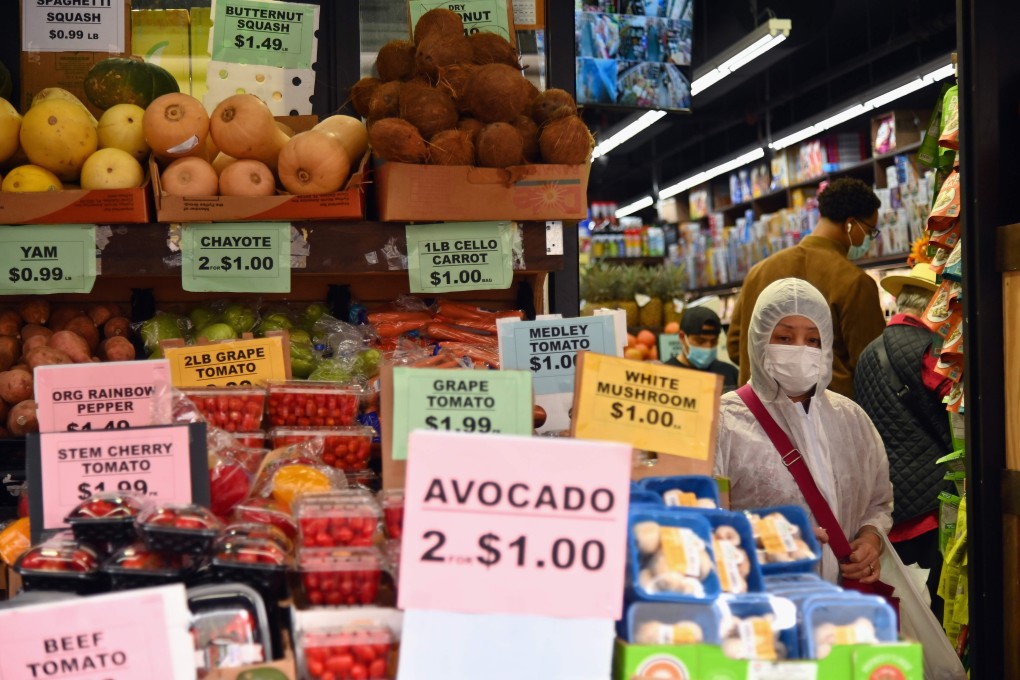Opinion | Why inflation may buck the forecasts and make a comeback
- Today’s economic conditions have no precedent in the past 50 years, so the current forecasts are no guarantee that inflation will actually remain low
- The huge fiscal and monetary expansion in response to Covid-19 may pose an even greater inflation risk

Economic models have long been notoriously inaccurate in predicting inflation, and Covid-19 has further complicated the challenge. While economic forecasters calibrate their models using data from the past 50 years to explain and predict economic trends, today’s economic conditions have no precedent in that period. Today’s low inflation forecasts are thus no guarantee that inflation will actually remain low.
Even without additional inflationary pressure, reported inflation rates will rise significantly in the first five months of 2021. By May, some forecasts expect year-on-year inflation to rise above 2 per cent in the United States and towards 2 per cent in the euro zone, largely owing to the low base in the first half of 2020, when pandemic-related lockdowns began.
The higher rate therefore does not point to rising inflationary pressure, though an increase above those levels would be a warning sign.

